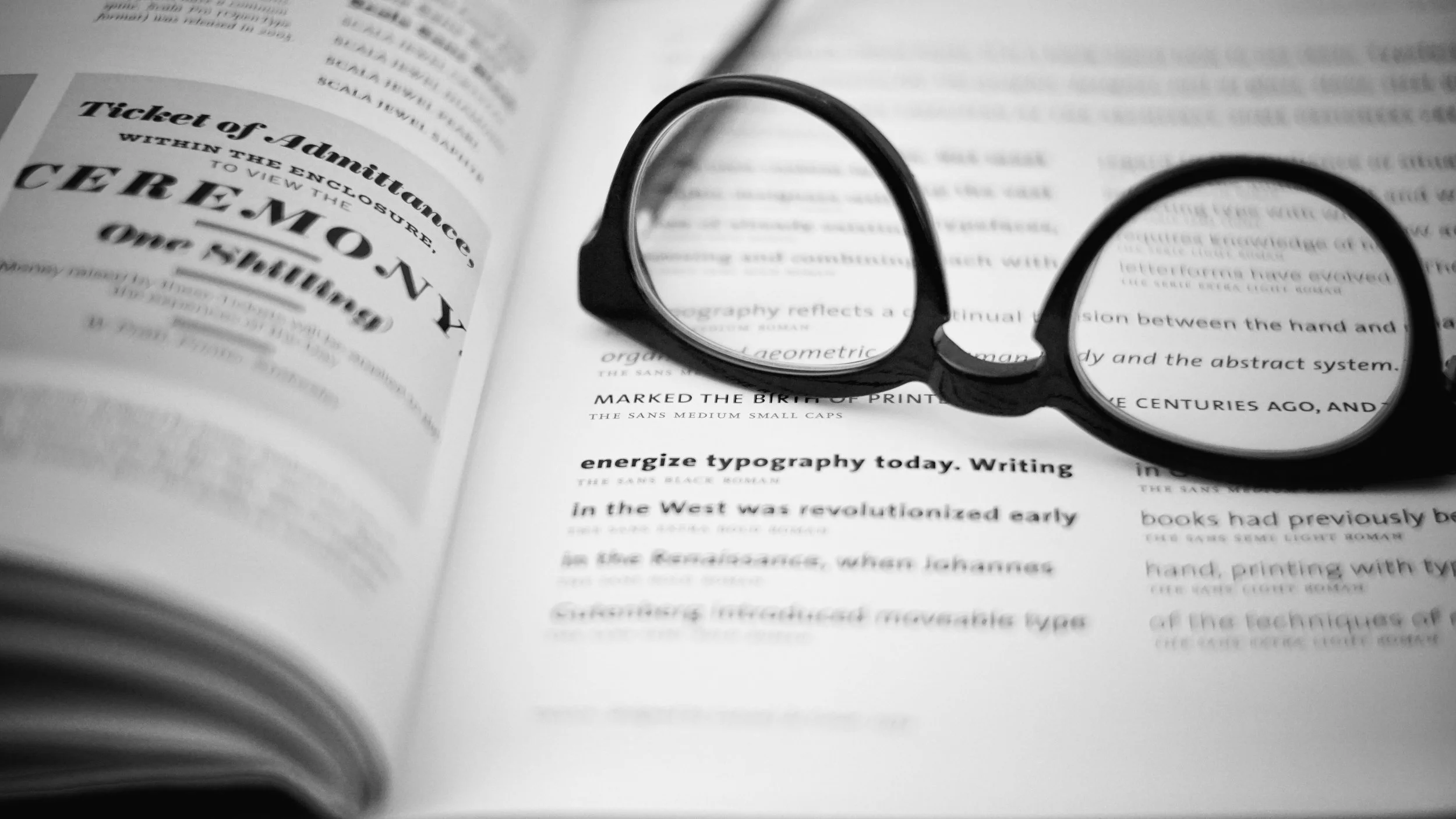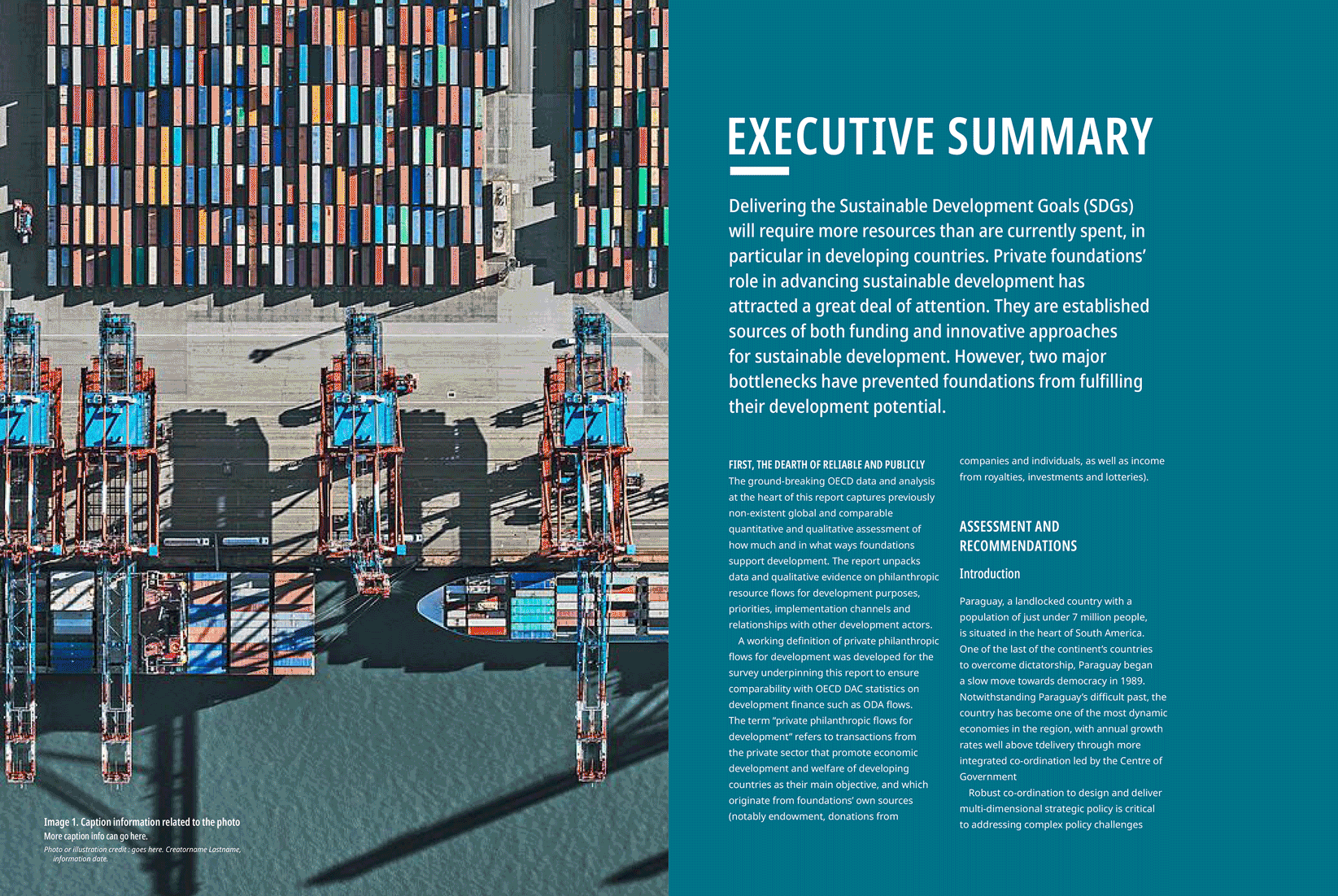Designing Longform Content in the Age of Short Attention Spans
How to Create Engaging and Accessible Text Layouts
With the rise of social media and endless streams of content, our attention spans have become shorter than ever before. As a result, designers and publishers of long-form text are facing new challenges. How do we create content that is approachable, engaging, and, most importantly, able to retain the reader's attention?
Designers need to understand that the traditional codex design approach, while a tried and true distribution tool for written content, may no longer be sufficient to capture readers' ever-shrinking attention spans. Instead, designers and publishers should consider new approaches to create easily consumable and accessible book content.
But that is easier said than done,
and what are the tangible changes designers and publishers can implement to make their book content more approachable and sticky?
Here are a few tips:
Use headlines, subheadings, and bullet points to break up the text and make it more skimmable. This will help readers quickly understand the main points of the content.
Incorporate visuals and graphics to support and break up the text. This can help to illustrate complex ideas and make the content more engaging.
Use a clear and easy-to-read font that is comfortable for the eyes. Small text or difficult-to-read fonts can strain the eyes and make reading less enjoyable.
Make sure the content is organized in a logical and coherent way. This will make it easier for readers to follow the flow of the text and understand the key takeaways.
Establish different points of entry into the content for “skimmers” and “skippers.”
An example of Studiolo Secondari helping a publisher create more accessible and sticky layouts for dense content would be the work we did for The Organization for Economic Co-operation and Development (OECD).
OECD approached Studiolo Secondari because they needed a revitalized publication design system customized to their brand. At the top of their list was making the content (which is rather dense) more accessible and engaging for the reader. Studiolo worked closely with in-house editors and production managers to translate OECD publication requirements into an accessible, vibrant design system for print and digital publication.
Through Studiolo’s development of wayfinding graphics, boxes, pull quotes, bright WCAG-compliant palette, and visual pauses, the content became easier for readers to navigate—now they could visually “snack” on information, skimming and circling back as needed—with enhanced accessibility to yield maximum impact for a diverse global audience.
Overall, the key to designing long-form content in the age of short attention spans is to create an accessible and engaging reading experience. By considering the tools of accessible design and websites, designers and publishers can create content that is easy to consume, visually appealing, and, most importantly, able to retain the reader's attention.
Image credit: Chad George unsplash.com/@chadgeorge

